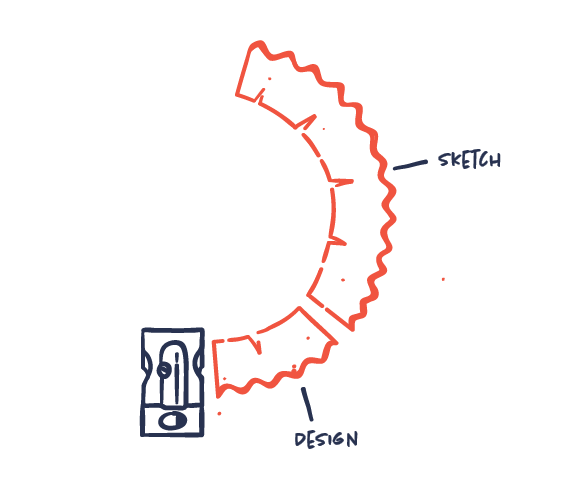The Notebook
on Infographics
Hard-earned insights from our notebook
about infographics and information design.
Hands-on, honest and condensed.
Play, have fun
Information design is a serious communication discipline that requires both analytical, journalistic and statistic skillsets. But in the creative process, it is crucial to experiment and have fun in order to achieve remarkable and brilliant conceptual work. Genius ideas will only come if you truly manage to set creativity free. So go play, have fun.
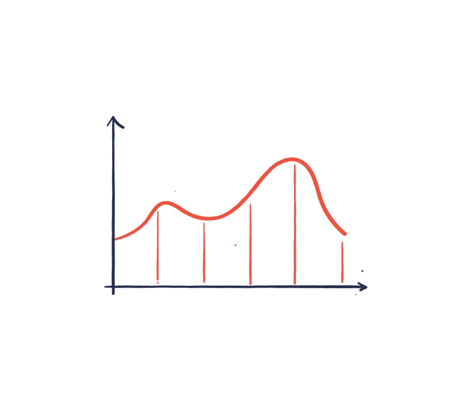
Think less. Sketch more.
The fastest way to test your idea is to sketch it. Test and qualify your ideas by visualizing them in rough sketches. Without a concrete idea on paper, it is often impossible to qualify the idea or make any decisions about it. Stop overthinking and think while you sketch.
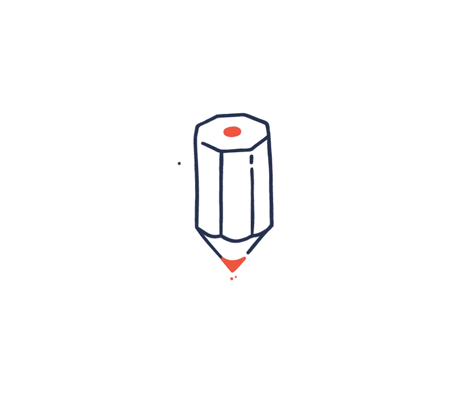
Solve. Improve. Perfect.
When working with information design, the first thing you want to do is to solve your communication challenge by making your infographic understandable. That’s the foundation. Then you must make improvements to get your message across more clearly. After that, you can start to perfect your work. In other words: There are no shortcuts to perfection. Strive for the top, but always start at the bottom by solving your communication challenge.
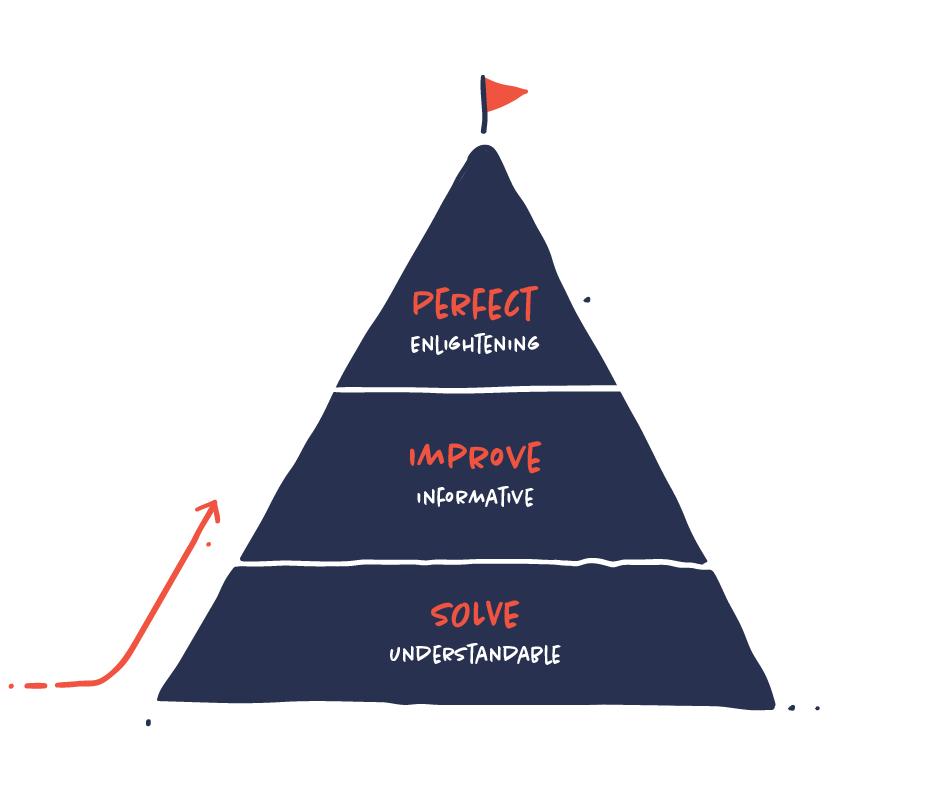
Collect, sort, analyze, visualize
These are the most important steps in data visualization (in most cases):
-
Collect the data. Which data is relevant?
-
Sort the data. How is the data connected?
-
Analyze the data. Are there any significant patterns?
What is the story? -
Visualize the data.
How do we visualize the story most effectively?
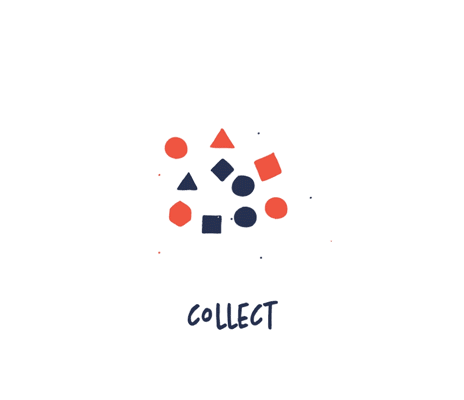
Create more bad ideas to get that great idea
The vast majority of your ideas are deficient, vague or just plain poor. That’s ok. But the persistent process of producing more ideas will inevitably get you to that genius idea you were not able to come up with at first. Getting past the poor ideas is just hard work. That’s the law of the creative process.
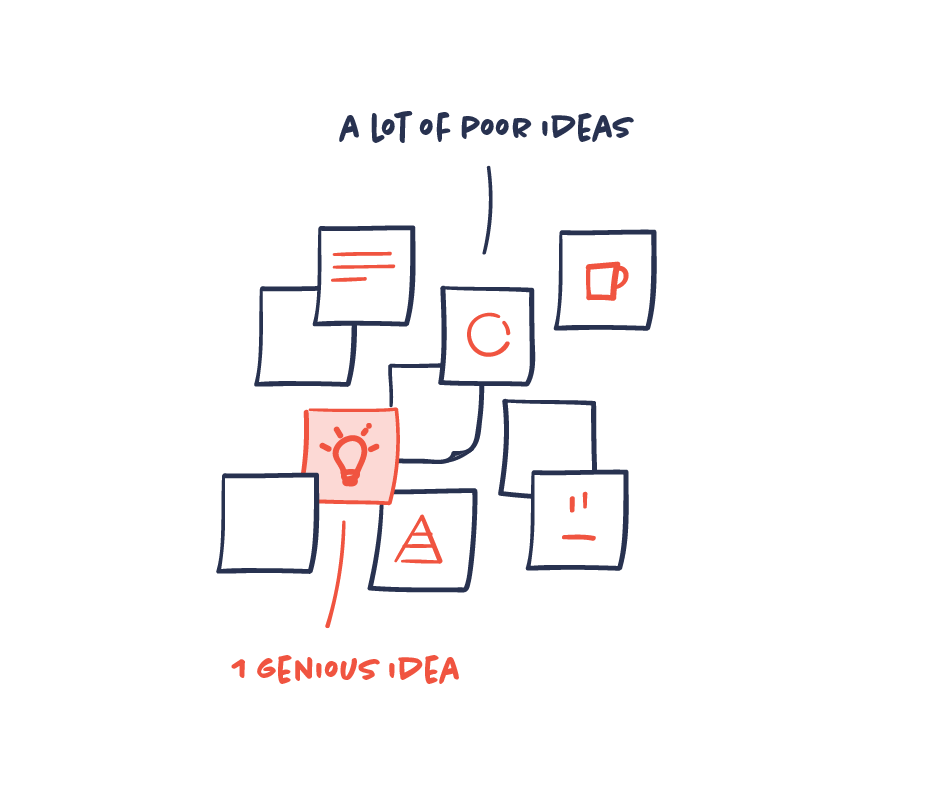
It’s time to kill your infographic!
Infographics can’t solve everything and are far from always the best solution for communicating information. During the process of making an infographic, your initial idea about how your infographic would solve your communication task might come to a dead end. The visual representation might overcomplicate the message, it is too abstract and vague, or it doesn’t fit the format. Acknowledge when infographics are not working and it is time to kill your infographic.
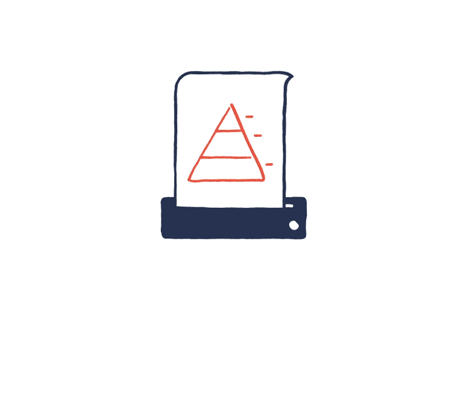
Time matters
Making good information design is time consuming. That is because it is complex and involves many different disciplines. There is no short cut to a good result. Accept this as a premise. The more time you spend, the better will the result be. There will always be room for improvement and perfecting.
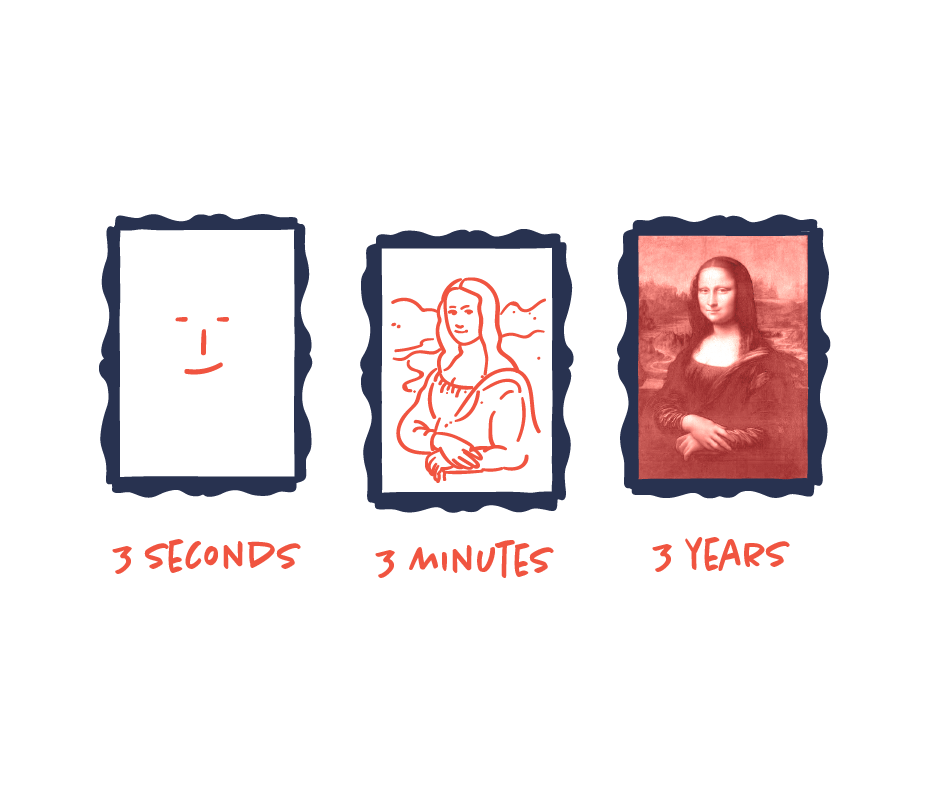
Well briefed is half done
What is the purpose? Who is it for? Why is it important? How should it feel? Where will it be published?All of these questions are essential for any piece of information. The brief is what we will base all of our design decisions on, yet it is often underprioritized or inadequate. It is only when we are able to describe and frame the project that we are able to start making great visual communication.
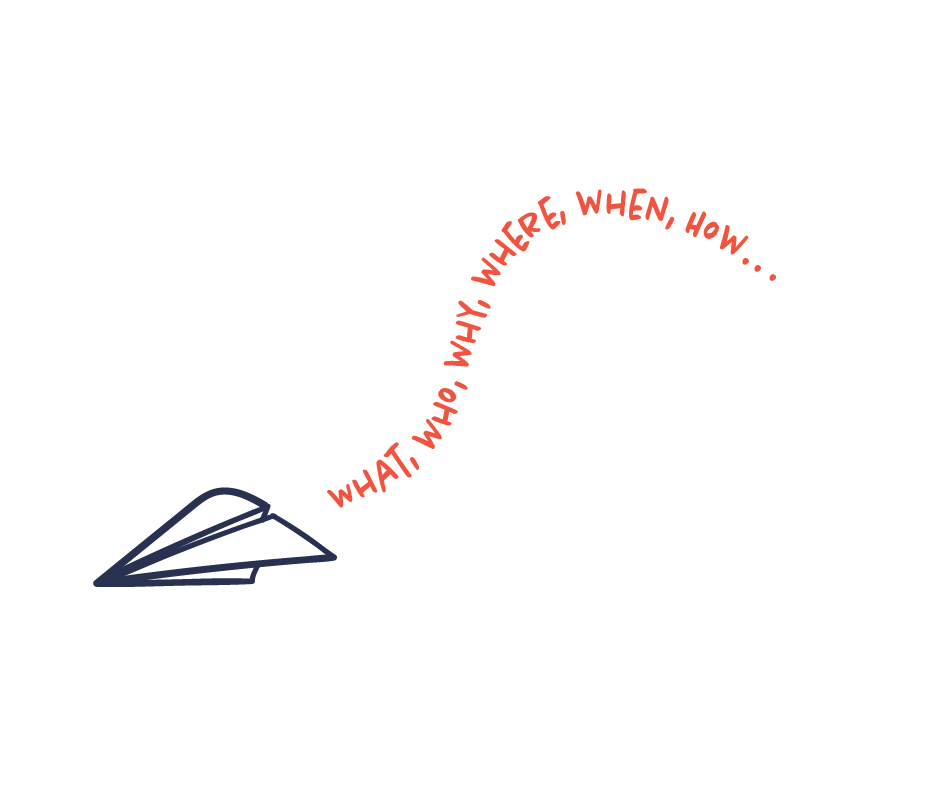
Less is more work
To make the complex simple is no simple task. Simple, minimalist and clear communication might look easy, but behind it there is probably hours or days of hard work. Accept that simplicity is difficult and time consuming. The more time you invest, the more simplicity you will be able to achieve.
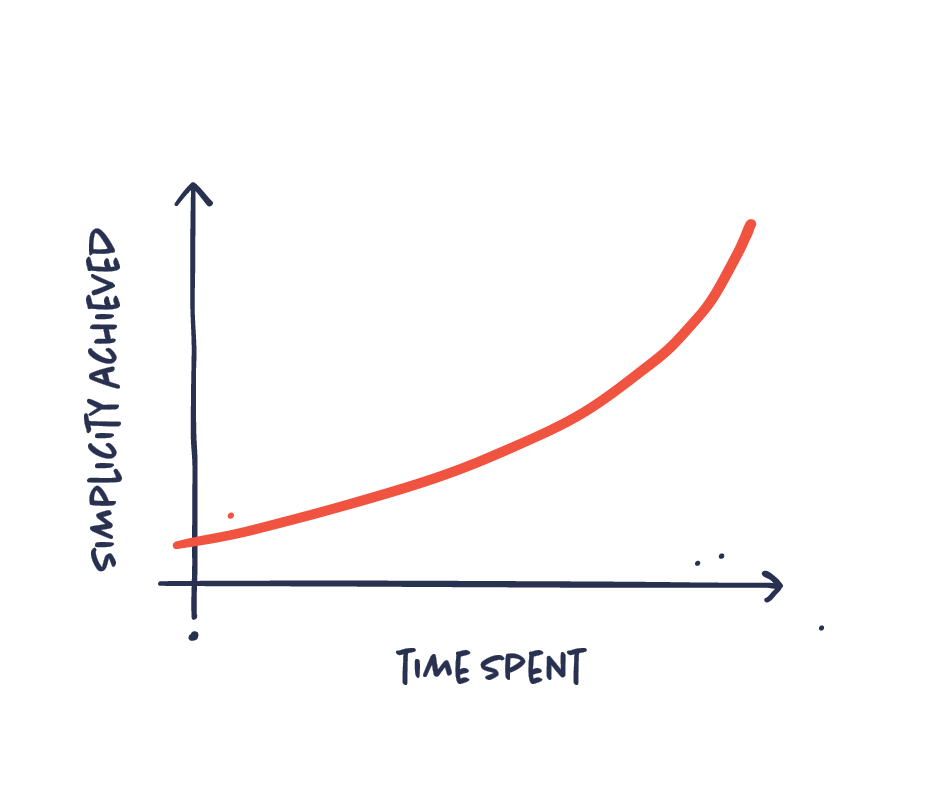
Test early and test often
Testing your visuals is crucial when it comes to ensuring that your message comes across and is understood correctly. You may get it, but the only way you can be sure others do, is by testing.
Get feedback from independent, unbiased users. If people don’t get it, it is probably too complicated or unfocused, or it is failing for other reasons. Get feedback and learn how your information is perceived and understood. Iterate and adjust accordingly or even start all over if necessary.
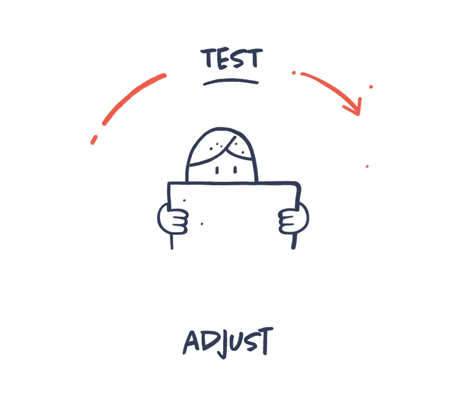
Hire a copywriter – or become one
In information design, good copywriting can’t be overestimated. Good copywriting is just as important to information design as the actual design. Copy should be sharp, catchy, inspiring, convincing and persuasive. Ideally you should include a copywriter in your team, or at least incorporate the skill set of a copywriter into the process.
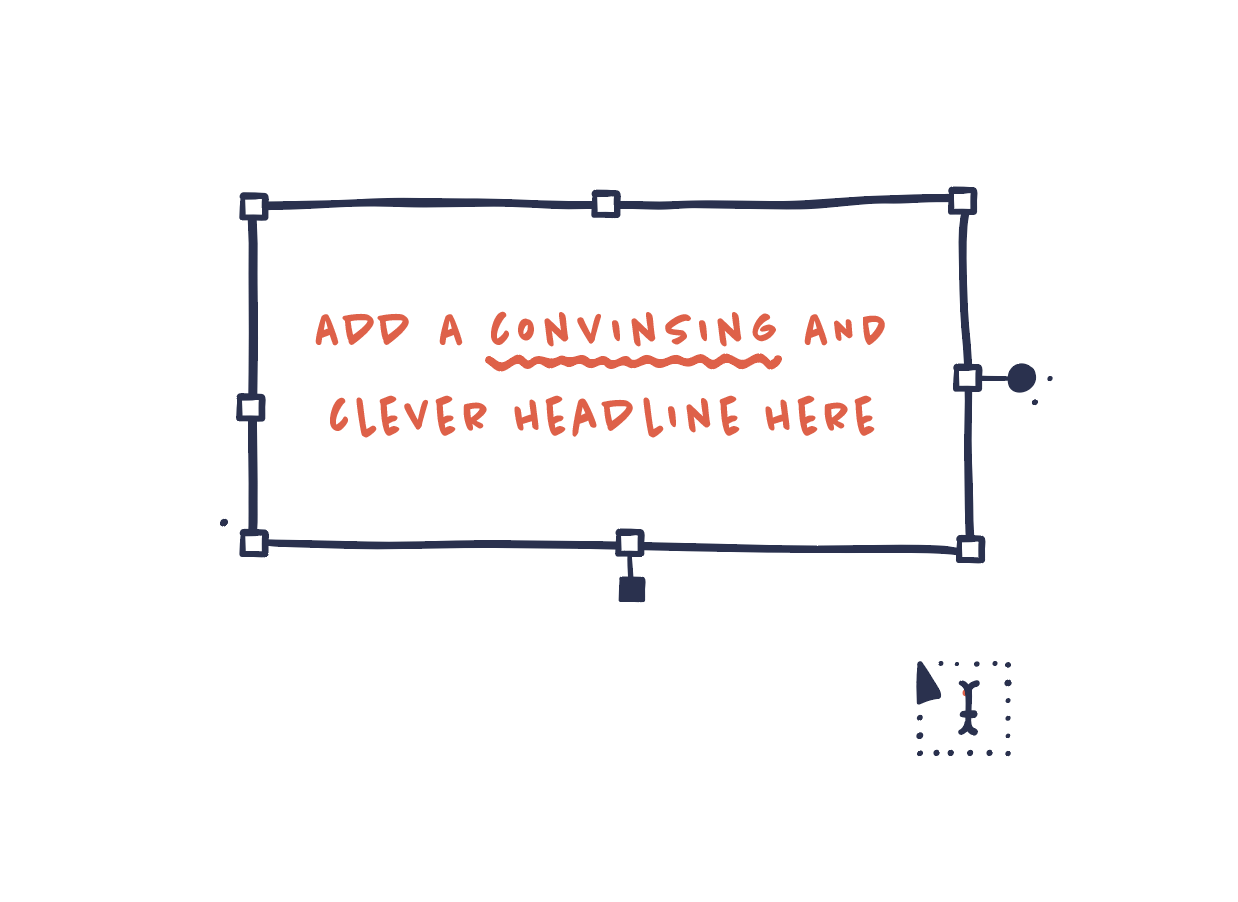
Always Ask: “Is there a clearer way to do it?”
Be extremely ambitious about your visual communication. Always try other solutions and challenge your initial idea. There’s never just one way. And the aim is always to find the best, clearest visual explanation.
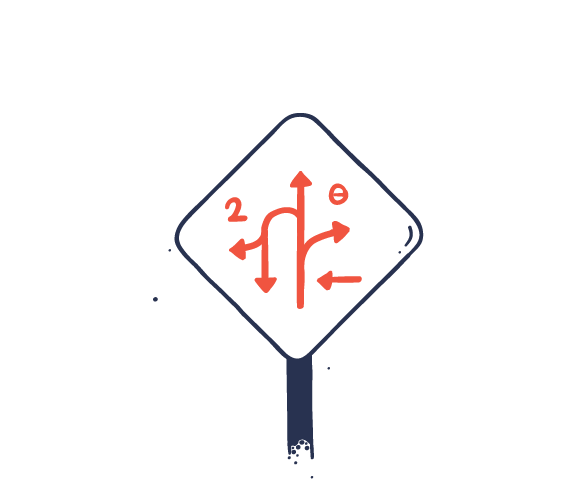
Design and writing are intertwined
Information design includes both text and visuals. These are closely intertwined and can’t be separated from each other. The copywriter and designer need to collaborate closely as a unit in order to make successful communication – both in the early and in the final stages. The writer needs to think visually and the designer needs to think textually.
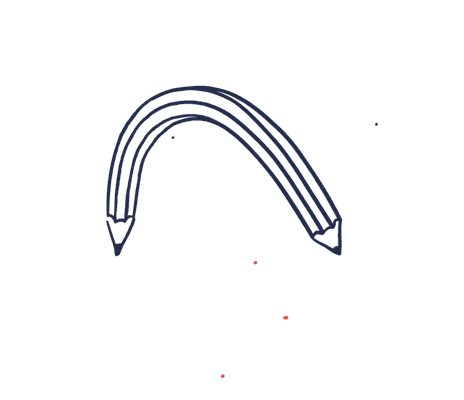
Information design is multidisciplinary
Information design is a complex and very multidisciplinary process. Although you might not have all the specialists on your team, you do need the skill sets of a wide range of specialists in order to make succesful high-end infographics.
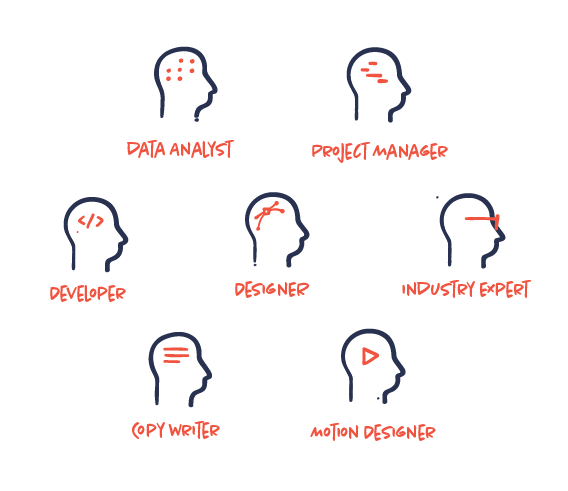
The design process is not generic
We often try to describe and visualize the design process in one simple, clear diagram. But the truth is, there’s no such thing. Projects vary a lot in terms of content, medium, industry, size, team etc., so the process will as well. Sure, there’s best practice to stick to throughout the process, but insisting that a “one-fits-all” model should be applied to every project is simply pie in the sky, as far as we’re concerned.
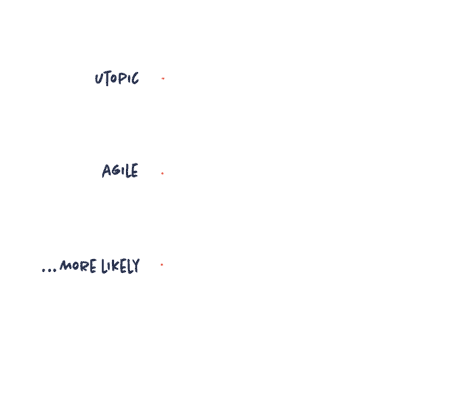
Invest in sketching
Sketching cannot be underestimated. It’s an essential part of the process‚ in which complex information is turned into clear visual ideas in rough, sketchy drawings. In many of our projects sketching actually ends up being the most time-consuming process – even more than design and production. But once the sketch is solved, designing and producing are the easy part.
